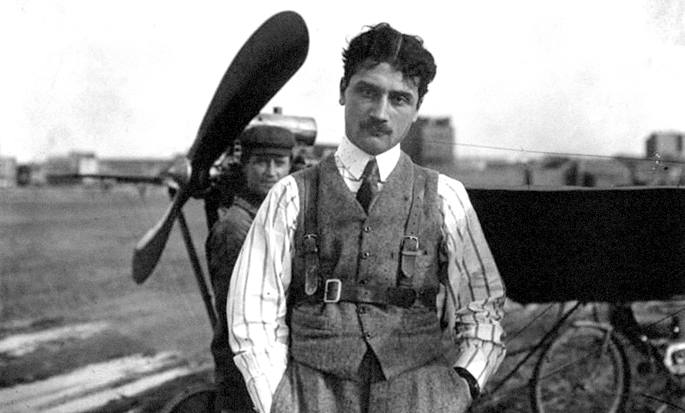

Born 6 October 1888 (Island of Reunion) Roland Garros is born, one of the main precursors of French aviation. After his studies in Sailly and Paris, in 1909 he ran a monoplane for the first time and the following year he was licensed as a pilot.
He immediately started to break the marks. In 1911 he beat the world altitude record (5,610 m) and on 23 September 1913 he was the first to cross the Mediterranean Sea without stops, from southern France to Tunisia. The following year the First World War broke out and the French Army decided to take advantage of Garros ' skill.
Roland Garros improved the machine gun system for aeroplanes, enabling the enemy to be attacked more effectively. And that improvement took place in the battle, achieving several victories against the German aircraft. But on October 5, 1918, in the battle of Ardennes, his plane was shot down and Roland Garros died in the absence of a day and a month to end the war.
From contributions to aviation, the airport on the island of Réunion is called Roland Garros. Thus, the pilot’s name would be linked to his passion if in 1927 the French tennis players had not won the Davis Cup to the United States. The following year, the revenge would be played on French lands. Because of the importance of the meeting, the French Government granted three hectares to build a new stadium alongside the former facilities of the French Tennis Federation. The Government gave the land free of charge and in return applied for a single condition: the stadium would be baptized with the name of the young pilot who fell in battle. Today, Roland Garros is the world’s largest smoothie tennis tournament.
According to some sources, the young Roland Garros was a tennis enthusiast who practiced on the courts of the Federation during his period as a student in Paris. He also liked rugby and was a member of the Stade Français in Paris. In spite of everything, his name will always be at the hand of those youthful hobbies, and not the passion that led him to solemnity and death.